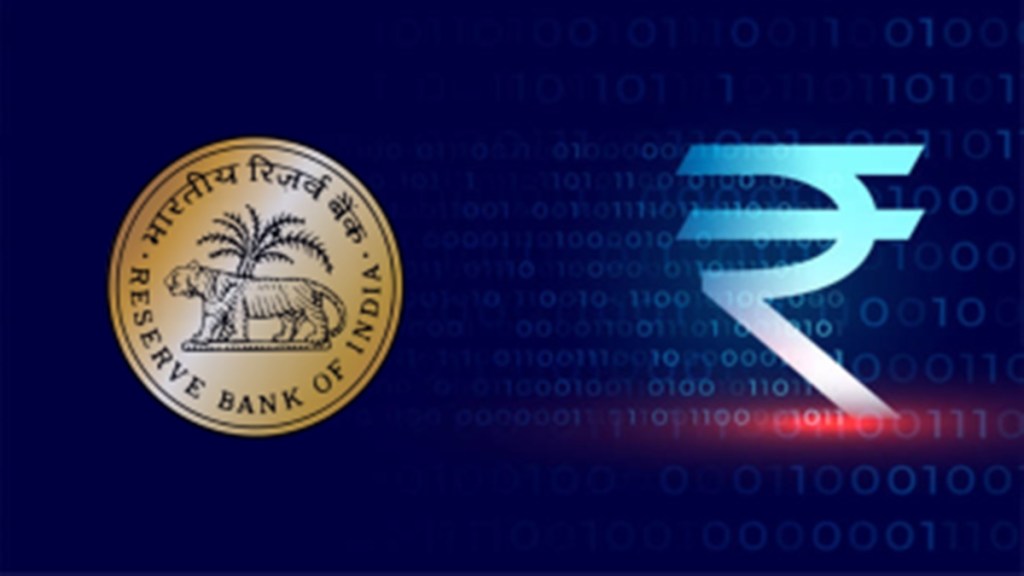The Central Bank Digital Currency (CBDC) or the Digital Rupee will be used for making digital payments similar to making payments made through Unified Payments Interface (UPI), National Electronic Funds Transfer (NEFT), Real Time Gross Settlement (RTGS), Immediate Payment Service (IMPS), Bharat Bill Payment System (BBPS), National Electronic Toll Collection (NETC), debit/credit cards etc, but so far for specific purposes.
“The digital currencies introduced by the government are expected to have significant usage in large payments and settlements. Primarily, it will be used to settle purchases and sale of government securities like government bonds. Soon, it will be used to make retail transactions too,” said Rachit Chawla, CEO & Founder, Finway FSC.
“CBDC can be classified into general purpose or retail CBDC and wholesale CBDC. The RBI has designed the wholesale CBDC for the settlement of interbank transfers and related transactions. The wholesale CBDC can significantly transform the settlement systems for transactions and make them more efficient and secure. This will also bolster the country’s overall digital economy and bring in more financial inclusion,” he added.




While we are accustomed to using UPI, NEFT, RTGS, IMPS etc, there are doubts about how the Digital Rupee works.
“Digital currency works similarly as the regular currency issued by the Reserve Bank of India (RBI). They are basically currencies in the digital form and would appear as liability or currency in circulation in the balance sheet of RBI. Alike the regular currency notes, digital currency can also be exchangeable. The Central Bank Digital Currency (CBDC) is expected to significantly make the inter-bank market more efficient. As part of RBI’s pilot project on digital rupee, RBI, at regular intervals, will be issuing CBDC to each of the nine identified banks,” said Mahesh Shukla, CEO & Founder, PayMe.
Despite the fact that like crypto currencies, the CBDC is also a digital currency, but they are different.
“Although both digital currency and crypto currency involve online modes of transaction, there are slight differences between the both. CBDC refers to the digital form of a country’s fiat economy, while crypto currencies are an alternative form of payment with a unique algorithm. The digital currencies can be called the country’s digital fiat and the crypto currencies are digital assets in a decentralised network. On the other hand, while the digital currencies are entirely regulated by the central bank and the government who set the value of the currency, crypto currency’s value is independent of central banking authorities and follows a transparent procedure from mining to ownership to transfer of assets,” said Chawla.
So, how does a Digital Rupee transaction different from a similar transaction through UPI, NEFT, RTGS, IMPS, debit/credit card etc?
“Digital rupee or the Central Bank Digital Currency (CBDC), like the other forms of digital payments like UPI, IMPS, transactions through debit or credit cards, etc, will be an underlying payment mode used for digital payments in lieu of currency or cash. However, while the UPI transactions are completely backed by physical currency, the digital rupee or CBDC is a legal tender in itself and need not necessarily be backed by physical currency. Also, in the conventional online transactions, every bank has their own individual handler, but the digital currency will be operated by the Reserve Bank of India (RBI); hence, the transactions will be direct and settled instantly,” said Chawla.




















